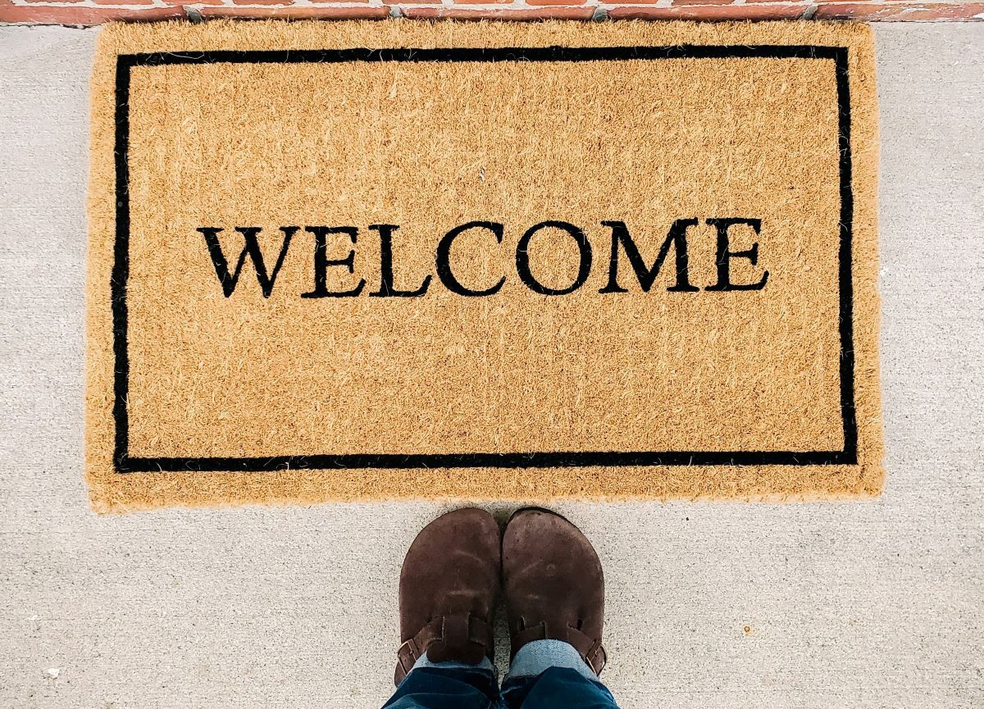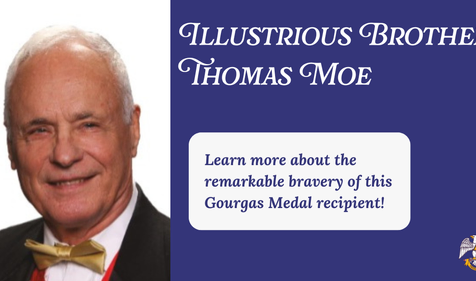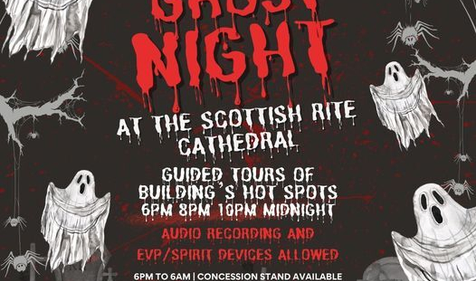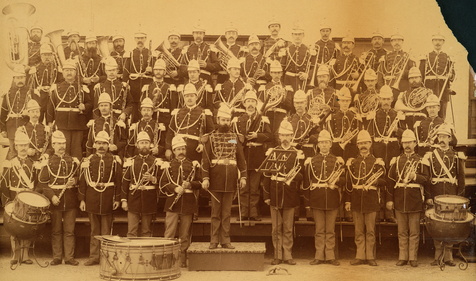Brother Bob Siebold, 32°, MSA, Commander in Chief for the Valley of the Hudson shares the secret to their success when bringing new Brothers into the fraternity. Learn more in his guest blog post.
Brother Bob Siebold, 32°, MSA, Commander in Chief for the Valley of the Hudson shares the recipe for Valley success when it comes to making new members feel welcome within the fraternity, right from the start. Learn more in his guest blog post and see how one might apply these best practices to their own lodge.
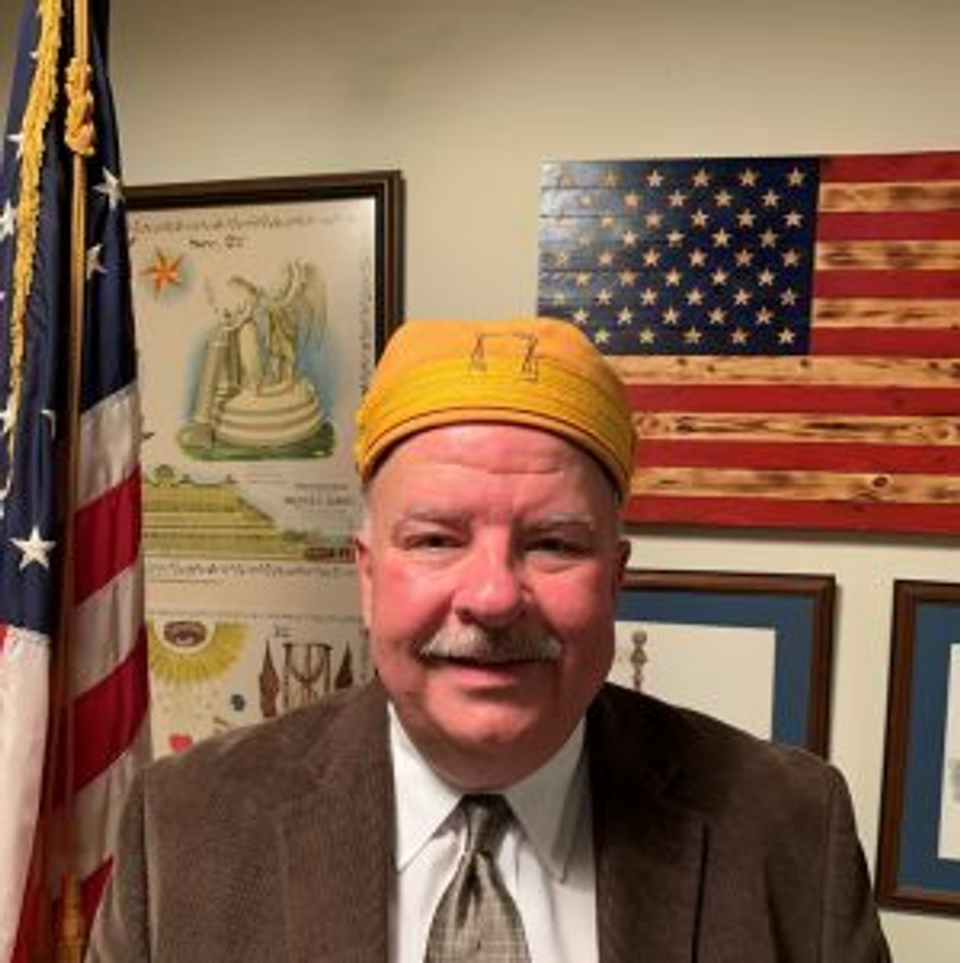
Onboarding Your New Members
In business we often say it costs more to lose a client than it does to gain one. The same can be said for any organization – its members are its most precious commodity. The care and feeding of members start immediately after the individual joins the group. In the Scottish Rite we need to be aware of this. In my local Valley – the Valley of the Hudson located in New York -- that process of shepherding our new members begins with a great onboarding program.
When I became Commander in Chief, I made it a priority to structure such a program. In 2020 the Valley ran an onboarding program in a live format just before COVID and then again in 2021, but as a virtual program. From a content perspective not much changed other than the delivery method, which was performed on Zoom.
To help you with this I have made a punch list of things to think about along with topics to consider when putting an onboarding program together.
Live Delivery
- Get everyone involved – officers, emerging Valley leaders and your legacy members. Everyone can play a role and has a ton to offer.
- Assign a Chairman for the project – I suggest one of your Lieutenant’s from the Consistory. Have them form a committee to assist in the endeavor.
- Pick a central location that is good for everyone. Our Valley meets in four different places, so we used the lodge where the Consistory meets. It was convenient and totally served our purposes.
- Wrap the event around a meal. In our live format we ran a breakfast that got everyone to the lodge early for a hot meal and some brotherhood. Everyone loves pancakes, eggs, and great conversation.
- Designate specific key leaders from your Valley, COD, and potentially others to act as guest presenters that will deliver focused messages to the audience.
- Market the event strongly through social media, email, and telephone calls. Call each of your new members letting them know this program has been designed for them specifically. It adds a personal touch and will drive participation.
- Invite your legacy members – while the event is an “onboarding” event for new Scottish Rite members, make the event for everyone -- most specifically your legacy Valley members. What we stressed to our legacy men was that their presence was desired and needed as they could add a phenomenal dimension to the dialogue along with the event being a great way to meet and personally get to know the new Brothers. Add in that it's an easy way to garner points for the Knights of the Double Eagle and you have a winning combination.
- Create a PowerPoint deck that shows each speaker and their topic. Have a projection screen, speakers (if a video is being shown), PC projector and a speaker’s podium with a microphone. I suggest using a larger lodge room or dining hall to hold the event with the focal point being the presenters and projection screen.
- In the Valley of the Hudson we ran the event on a Saturday and designated the dress code as business casual. Lose the hats, jewels, all the bling. Keep the atmosphere loose and welcoming.
- Print for each member a set of PowerPoint slides with speakers' notes and supply pens to write with. This will encourage questions throughout the program, which is what you want.
Topics
Now that you have the operational basics, let's talk topics. We wanted our new members to walk away gaining a functional knowledge of how our Valley operated, Ancient Accepted Scottish Rite (AASR) basics and the value of being a member of the Rite. When doing this, the trick is to keep the segments crisp, clean, timely and short (5 minutes per speaker). You are cramming a lot of information into a relatively short period of time. The topics we chose were:
- Functions of the Valley Secretary & Treasurer
- Valley Social Media – Website, COD website, Northern Masonic Jurisdiction (NMJ) website
- Valley Degree Team – Live, Thursday Night at the Rite, Scottish Rite radio
- Honors, Awards & Knights of the Double Eagle
- Valley Service – Knights of St. Andrew
- Valley & AASR History – A look back to look forward
- Individual Body Presentations
- Overview of the NMJ & COD
- AASR Philanthropy
The topics above will give your program a diverse look at your individual Valley and demonstrate the robust programming the Scottish Rite offers. While you can approach this deliverable in a live or virtual offering, the content is what really makes the day a memorable first step in a lifelong journey for your new members.
If you would like to discuss what the Valley of the Hudson did with this endeavor in a one on one conversation, please reach out to me and I would be happy to review each step. My email is [email protected].
Related Stories
Discover additional Scottish Rite blogs and news on this topic.
-
Illustrious Brother Thomas N. Moe Awarded the Gourgas Medal for Exemplary Service to Freemasonry and Humanity
News
Read More about Illustrious Brother Thomas N. Moe Awarded the Gourgas Medal for Exemplary Service to Freemasonry and Humanity
-
Valley of New Castle Finds Non-Traditional Way to Raise Funds
Inspiration
Read More about Valley of New Castle Finds Non-Traditional Way to Raise Funds
-
The Marching Mason: John Philip Sousa
Inspiration
Read More about The Marching Mason: John Philip Sousa
